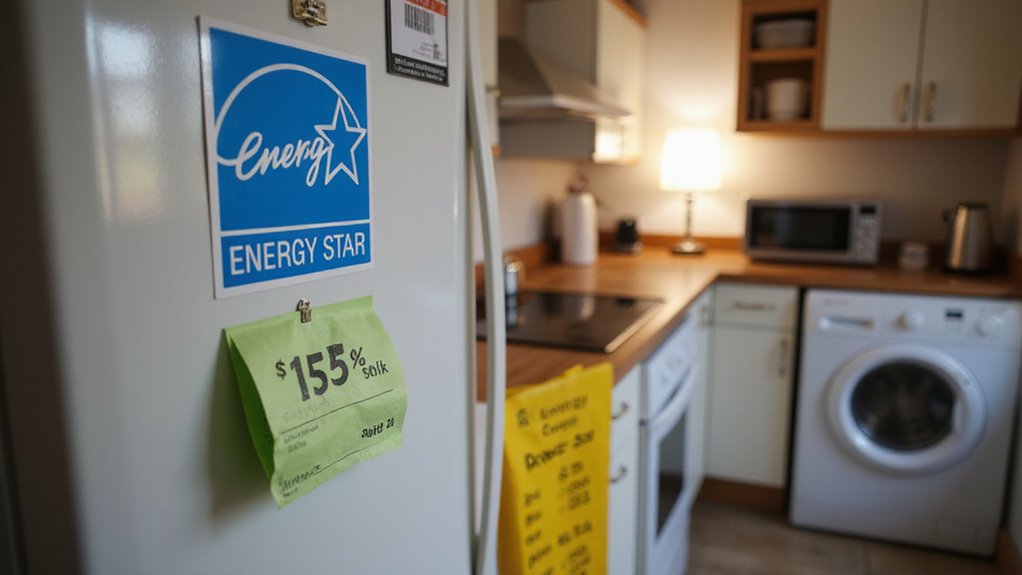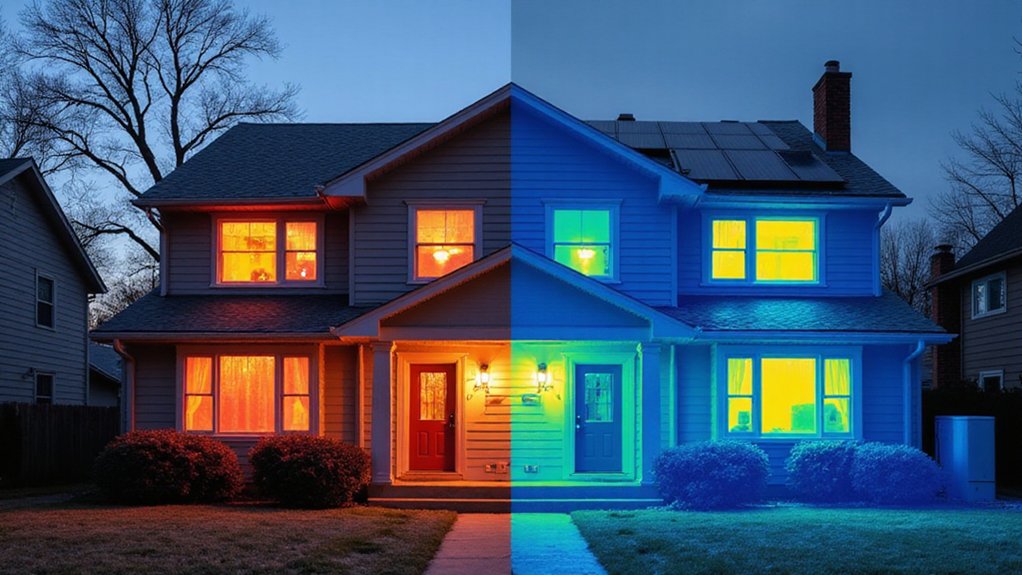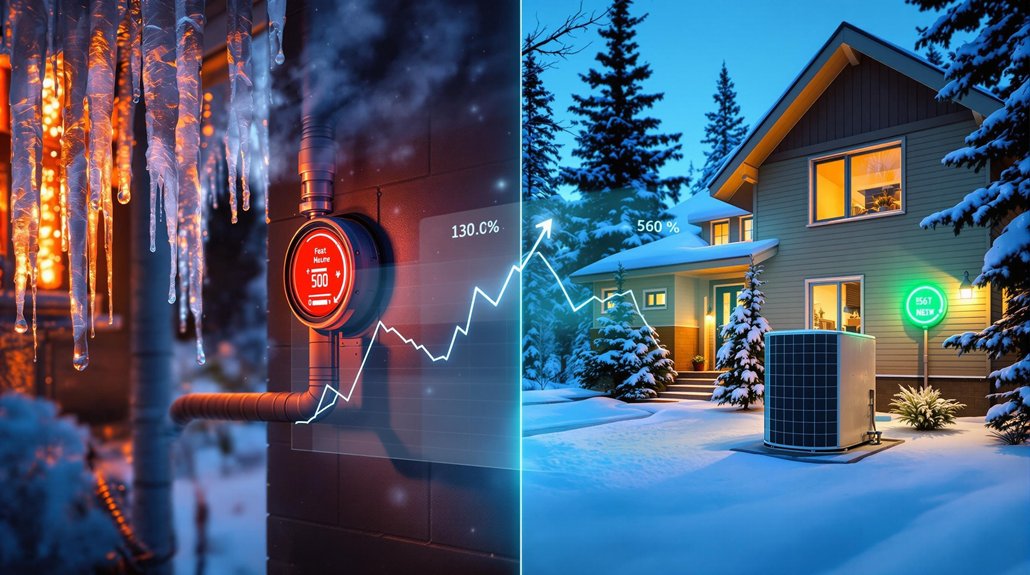The Trump administration plans to cut the Energy Star program, putting billions in consumer savings at risk. This program helps Americans identify energy-efficient appliances and save about $450 yearly on utility bills. It’s part of broader EPA restructuring that some critics say conflicts with promises to lower energy costs. Many households rely on Energy Star’s recognizable labels when making purchasing decisions. What will replace this trusted 25-year-old efficiency standard remains unclear.
The Trump administration is taking aim at the Energy Star program, planning to eliminate the popular energy efficiency initiative that has helped Americans save billions on utility bills. According to reports from CNN and The Washington Post on May 7, 2025, the administration plans to shutter the program as part of a larger restructuring of the EPA’s Office of Air and Radiation.
Energy Star, created in 1992 under President George H.W. Bush, is known for its yellow labels on appliances and electronics that show consumers how much they can expect to pay for electricity or natural gas during typical use. The program was later reauthorized in 2005 under President George W. Bush.
The bipartisan Energy Star program has guided consumers for decades, displaying expected utility costs on household products nationwide.
The EPA claims the organizational changes will benefit Americans and advance the agency’s core mission. However, critics point out that Energy Star delivers a 350-to-one return on investment, with a budget of just $32 million while saving consumers a collective $40 billion annually.
The average U.S. household saves approximately $450 on energy bills each year thanks to Energy Star. The program also offers valuable financial incentives for consumers who purchase energy-efficient appliances and electronics. Over the past 30 years, the program has saved Americans $500 billion in energy costs, according to Senator Ed Markey, who called the plan “a blow to American families and businesses everywhere.”
The program works as a public-private partnership with appliance and electronics manufacturers to certify energy-efficient products. It sets guidelines for manufacturers and allows products meeting Energy Star standards to display the program’s logo. The solar industry, which employs millions globally, particularly benefits from Energy Star’s promotion of energy-efficient complementary products.
This isn’t the first time Energy Star has faced threats. The program previously survived similar challenges during Trump’s first administration. The program is especially valued by consumers for its blue Energy Star label that quickly identifies trustworthy energy-efficient products. The current proposal comes amid broader EPA reorganization affecting climate change offices.
The decision could pose political challenges for an administration that campaigned on lowering energy costs. The president of the Alliance to Save Energy stated that eliminating Energy Star would contradict promises to reduce household energy costs, noting the program benefits both climate goals and consumer finances.
References
- https://techcrunch.com/2025/05/07/trump-admin-plans-to-shutter-money-saving-energy-star-program/
- https://www.edf.org/media/reports-say-trump-administration-will-end-popular-energy-star-program
- https://phys.org/news/2025-05-epa-threatens-energy-star-climate.html
- https://www.eli.org/sites/default/files/files-pdf/elr_0820_copyright.pdf
- https://www.drroyspencer.com/2025/03/hey-epa-why-not-regulate-water-vapor-emissions-while-you-are-at-it/









